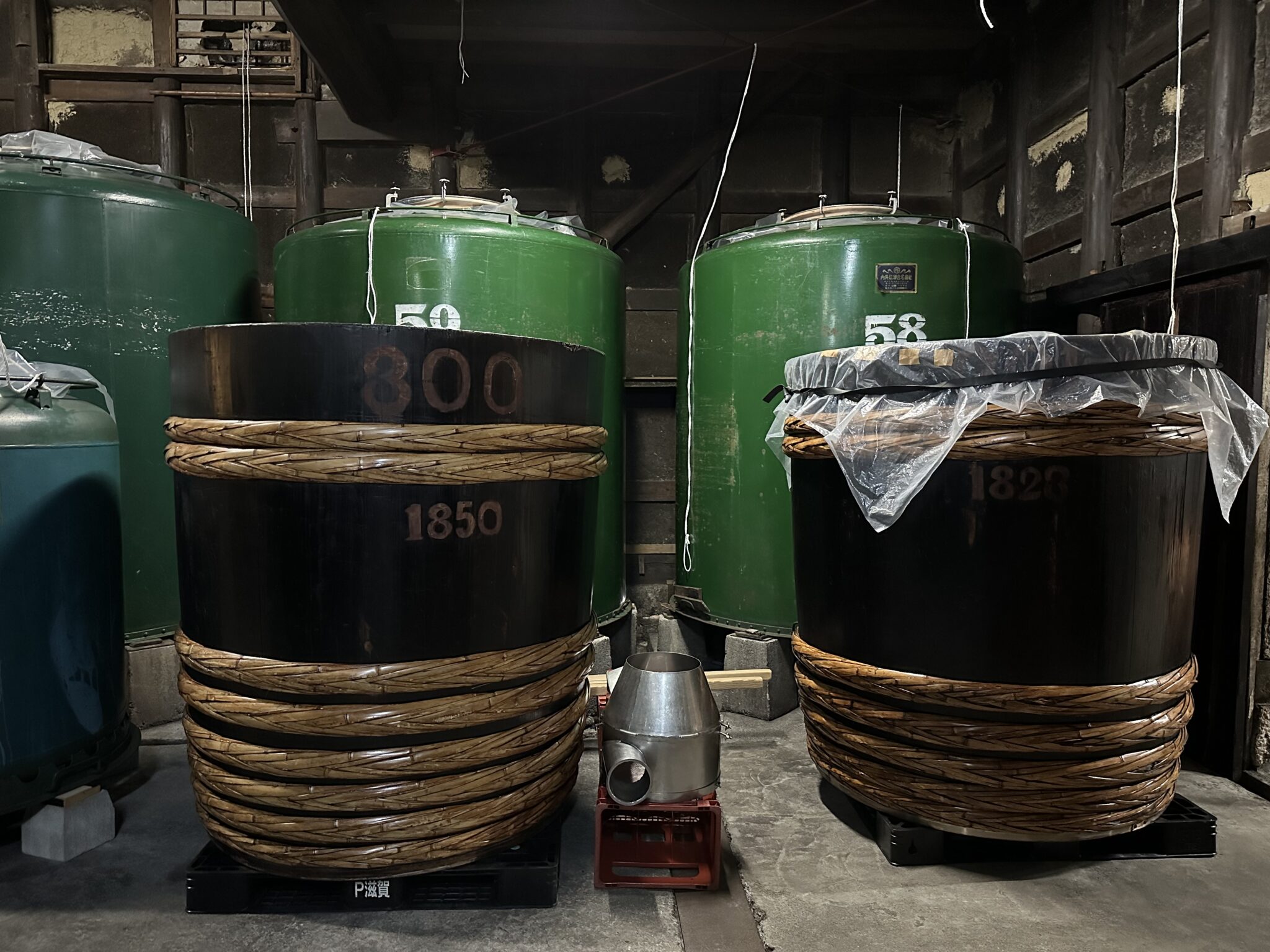uehara
上原

Since 1862
shiga prefecture
“Sake doesn’t have to be just ‘sweet’ or ‘dry’. You can have umami too.“
That’s the motto of this tiny brewery near the banks of Lake Biwa, Japan’s largest lake, where Isao Uehara and his team tease out savoury notes using the most traditional of methods.
Sakes in their flagship Furosen range are made with ambient yeasts, some are fermented in cedar tuns, and all are pressed not with a modern yabuta machine but with giant rocks chained to a wooden beam.
It’s a method called tenbin shibori, commonplace in centuries past but understandably rare today: it takes more than twice as long as pressing with a concertina-style automatic press. The payoff, though, is usually a fuller-flavoured brew.
Furosen sakes aren’t delicate flowers: they’re big, bold and confident, with a backbone that means they can age gracefully for many years.
Outside the Furosen range, but still pressed tenbin-style, is their best-selling Soma no Tengu. Uehara-san takes locally grown Yamada Nishiki rice, presses it with his rocks and beam, then adds just enough of the lees back in to give the final brew a creaminess without disguising the more-ish sake underneath. The sake was once only available in the village of Kutsuki where the rice is grown, and the name Soma no Tengu, translating as something like “woodcutter’s imp”, was suggested by one of the villagers as a reference to their main industry—forestry—as well as a local legend about some red-nosed goblins that inhabit those forests.
Send us a Message
"Tenbin pressing is slower, and you only get 90-95% as much sake from it, but machines use force to get that last part out, and it's the most astringent part. The gravity method lets us easily separate those tails."
Isao Uehara

